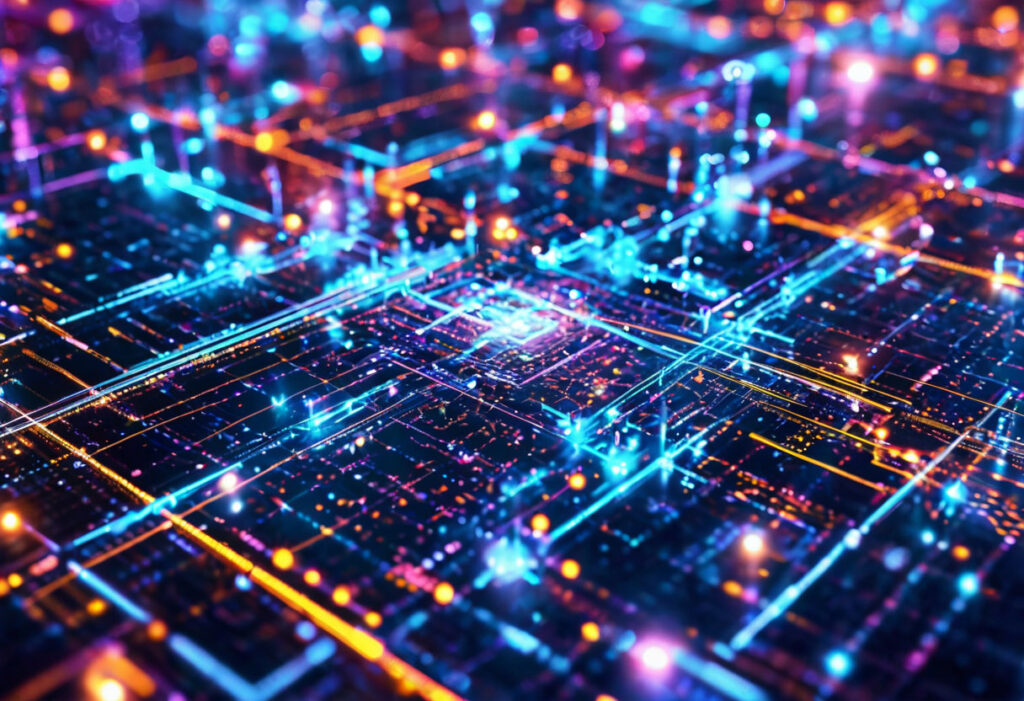Nvidia’s Critical AI Stack Vulnerabilities: A Deep Dive
Nvidia recently tackled critical vulnerabilities in its Triton Inference Server, a key component for deploying AI models. Exploiting these vulnerabilities could let attackers hijack AI models, alter responses, and steal sensitive data. Cybersecurity experts at Wiz uncovered these flaws, highlighting the urgency for updates to safeguard against potential threats. This situation brings to light the critical nature of AI security and the ongoing need for vigilance in technology.
Exploring the Vulnerabilities in Nvidia’s AI Stack
Attackers can exploit a minor bug to access internal data, gaining control over system components and potentially taking over the entire server. This sequence of vulnerabilities showcases the advanced cyber threats targeting AI technologies today.
The Impact on Leading Corporations
- Tech giants such as Microsoft, Amazon, Oracle, alongside Siemens and American Express, depend on Nvidia’s Triton for their AI operations.
- The extensive reliance on Triton illustrates the vast potential impact these vulnerabilities could have had without timely patches.
Nvidia’s Swift Action and Protective Measures
Nvidia promptly issued a software update (version 25.07 or later) to address these vulnerabilities. Nir Ohfeld from Wiz emphasizes the necessity of applying this update to thwart possible exploits.
AI and Blockchain Security: Looking Ahead
This incident highlights the broader security challenges facing emerging technologies. The convergence of AI and blockchain, exemplified by initiatives like Planck’s layer-0 blockchain for decentralized AI networks, offers both promise and hurdles in security.
The Rise of Decentralized AI
Planck’s introduction of a layer-0 blockchain into the decentralized AI arena marks a shift in AI development paradigms, promising lower costs and greater efficiency. Yet, it competes with both established entities and new blockchain ventures.
Transforming AI Development with GPU-as-a-Service
The shortage of AI chips has accelerated the growth of the GPU-as-a-service sector. Planck’s approach to offering a cost-effective solution for AI development could redefine resource allocation and usage in AI.
Navigating Future Challenges and Opportunities
As the GPU-as-a-service market expands, Planck’s focus on affordability and ease of access could establish it as a frontrunner in decentralized AI. Nonetheless, overcoming adoption barriers and realizing its vision pose considerable challenges.
Conclusion: Securing the Future of AI and Blockchain
The discovery of vulnerabilities in Nvidia’s AI stack and the advent of decentralized AI solutions like Planck’s layer-0 blockchain underscore the dynamic nature of technology security. Moving forward, blending AI and blockchain will demand creative security strategies, cooperation, and regulatory frameworks to foster a secure and productive ecosystem.

